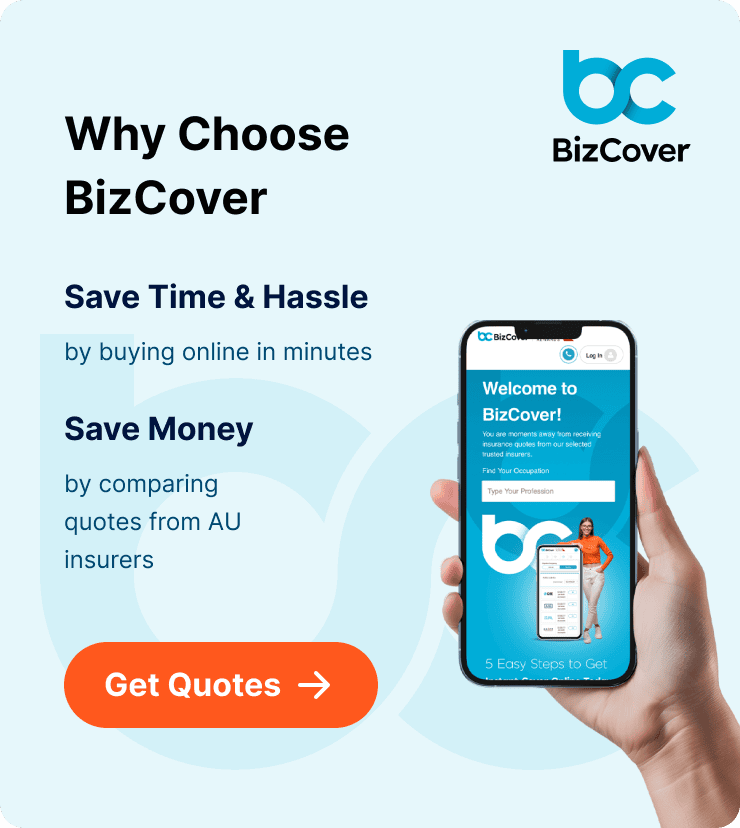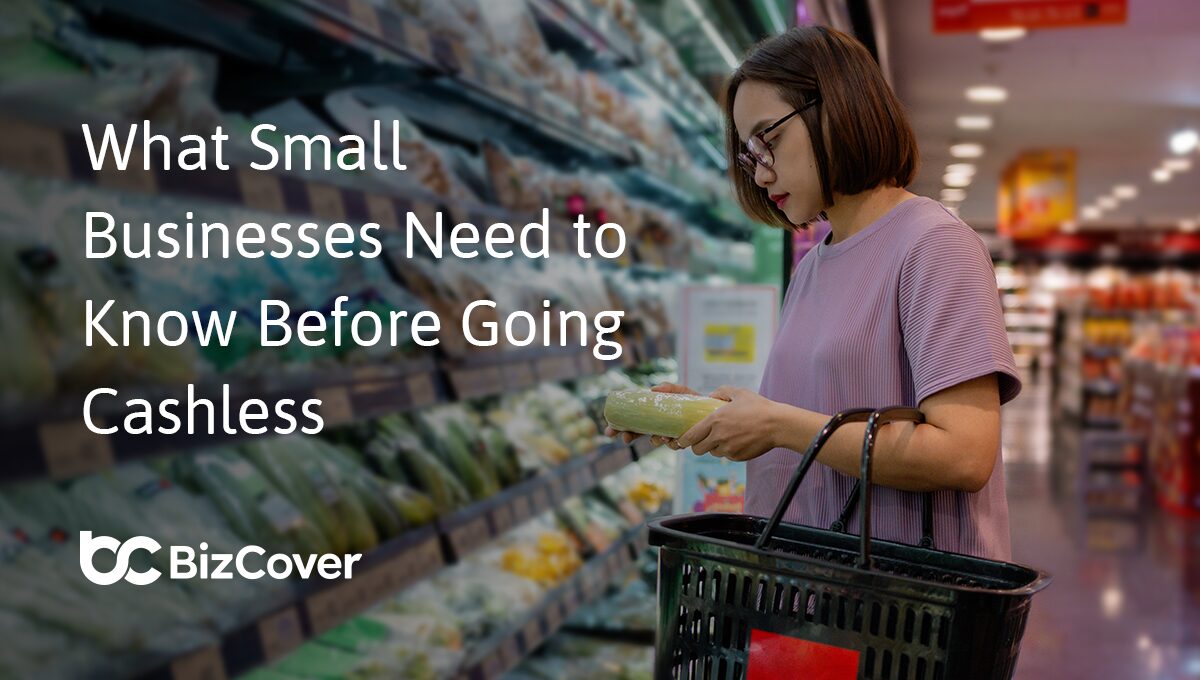Choosing the best pricing strategy for your business
It can feel like a never-ending quest to figure out how to price your products or services. However, if you’re running a small business, you are in an excellent position to be flexible. There is no one-size-fits-all pricing strategy that should be employed, and there is no requirement to stick to the same strategy every time. Here’s our guide to choosing the right pricing strategy for your business.
How to Begin Using Pricing Strategies
It’s critical to get your pricing strategy correct if you want to keep your business going. You’ll have a hard time selling if your prices are too high; if they’re too low, you’ll run out of cash. When you’re beginning a new business, one of the first things you should do is figure out your pricing plan.
The pricing plan is a crucial chapter in your business plan that gives you the information you need to persuade investors. When it’s time to scale up, your price plan will have a big impact on how things go.
The following are some of the most important aspects that influence and affect the pricing of your products:
- Their worth: whether measured in terms of how much it costs to manufacture them or the time and expertise required to provide them (in the case of services).
- The cost of production: You must cover both fixed and variable company costs
- Your target market’s purchasing power
- How much do your competitors charge for their goods and services?
Small business pricing tactics that are commonly used
Pricing methods can be layered on top of one other, employed at key times during the year, adopted on an ad hoc basis, and so on. It’s unlikely that you’ll ever need to utilise only one pricing strategy, and it’s also probable that the tactics you adopt now will be tweaked as your business grows and develops.
Here are a few examples of pricing strategies:
1. Pricing at full cost
Before a markup is added to establish a profit margin, the full cost pricing approach adds the product’s production expenses (material, manufacturing, and labour costs) to the selling and admin costs (accounting, legal, marketing, facilities, sales, and corporate costs). This figure is then divided by the number of units the company anticipates selling.
Benefits of pricing at full cost
- The pricing plan formula is straightforward to comprehend and apply.
- Profit-oriented: the formula is created with profits in mind, so if your estimated costs and sales aren’t too far off, you’ll make a profit.
- Simple to justify: your rates are simple to explain.
Disadvantages
- Budgeting foundation: The formula is based on projections, which will almost certainly result in some error.
- Uncompetitive: the pricing plan formula ignores rival prices and customer purchasing power, potentially resulting in under- or over-pricing.
- It’s difficult to scale: the more items you have, the more difficult it is to assign their particular costs.
2. Creaming
What is the definition of a “creaming” pricing strategy? Creaming (also known as “skimming”) occurs when a company sets a high price for their product at first, then progressively lowers it over time. Price creaming is most effective when you’re introducing a new concept to the market with few or no competitors: your company introduces an innovative and desired product to the market, and because there is strong demand, customers are willing to pay a premium price.
Then, when demand declines and competitors arise, you steadily lower prices—a process that is known as “riding down the demand curve.”
Benefits of a creaming pricing strategy
- Captures a surplus: You can grab the bulk of the market at a high price point, giving you a monopoly.
- Recoups initial costs: it swiftly captures the market at a premium price point, resulting in substantial profits early in the life of your company.
Disadvantages
- Demand for complete originality: this pricing strategy is only applicable to companies that are introducing something completely new to the market.
- If your marketing and sales activities don’t push sales rapidly enough, lower-priced competitors can enter the market and steal the surplus away from you.
3. Freemium business models
Digital businesses, such as software providers and game makers, frequently employ freemium pricing schemes. It operates by luring clients in with a basic, free offering, then charging a premium for add-ons such as additional storage or tools.
Benefits of freemium pricing models
- Good for expansion: by allowing customers to sign up for free, you may quickly expand your user base.
- It’s a simple approach to attract more individuals to test your product without incurring large marketing costs.
Disadvantages of freemium pricing models
- It’s free: when you rely only on customers purchasing add-ons or making money through other ways such as advertising, it’s more difficult to break even.
- Except it isn’t truly free: “Nothing in life is free,” as the phrase goes, and customers are becoming smarter about what they join up for as more companies utilise the freemium pricing plan.
4. Loss Leader
A loss leader pricing strategy involves selling a product for a cheap price (typically less than the cost of production) in order to encourage profitable sales of other products. The idea is that if you can get a consumer in the door to buy “cheap” things, you can subsequently upsell higher-priced items. Loss leader products are frequently placed far from the entrance of physical stores so that people are exposed to higher-value products en route.
Benefits of a loss leader pricing strategy
- Increases foot traffic and customer loyalty: people know where to go for a good deal, and they keep returning.
- When it comes to inventory cleansing, items that are difficult to sell can be matched with high-value products.
Disadvantages of a loss leader pricing strategy
- Questionable profitability: With this price plan, you must rely entirely on the attraction of your high-value items because the loss leader is at or below cost.
- You’ll need to do some research: you’ll need to pick your loss leaders carefully so that they and the high-value objects both shift.
5. Pay anything you wish
The “pay what you want pricing” technique, as the name implies, allows customers to determine their purchasing price, sometimes with a minimum price. This method should only be utilised on rare occasions, such as when testing a new product or running a promotion.
Benefits of the pay anything pricing strategy
- Promotion: It’s an excellent technique to introduce new products to clients and entice them to pay in the future.
- It’s a temporary tool because, unlike many of the other pricing methods we’ve discussed, it can be employed in brief bursts to encourage specific customer behaviours.
Disadvantages of the pay anything pricing strategy
- It takes some thought: too many pay-what-you-want incentives will make your clients desensitised.
- Customers who do not return: many customers will sample a product and then abandon it.
6. Pricing for penetration
The goal of a penetration pricing strategy is to acquire market share through lowering product prices. As you obtain more money, the price gradually increases. When done correctly, this pricing strategy can deter new competitors who don’t believe it’s worth their time to compete against such exceptional value.
Benefits of a penetration pricing strategy
- This is an excellent strategy for new firms looking to carve out a niche and establish a safe haven among their competition. Long-term impact: the notion goes that by building demand with a low-cost item, you’ll be able to develop greater demand and, thus, higher price potential in the future.
Disadvantages of a penetration pricing strategy
- Maintaining quality: If the product’s quality remains constant, or if you fail to generate a pleasant brand experience, customers may switch to competitors when prices rise.
- Perceived value: if you lower the price too much, buyers may be resistant to future price rises.
7. Premium pricing
A premium pricing strategy keeps a product’s or service’s price high in order to stimulate sales. It’s a strategy that relies on the psychological principle of “you get what you pay for” – from the opulence of certain watch brands to the perceived ethics of organic food. Premium pricing tactics are driven by three major factors: new trends, social consciousness, and social aspiration.
Benefits of a premium pricing strategy
- Many small businesses have created their brands on a social, environmental, or welfare-based awareness, which is ideal for premium pricing tactics.
- Competition may be put off by the marketing expense required to justify their own version of a product if you get your branding correct.
Disadvantages of a premium pricing strategy
- Branding costs: premium pricing is driven by a great brand and offer, which requires time, effort, and money to develop.
- Market limitation: Because your items’ high price points will only appeal to a certain group of clients, your overall market penetration may be limited.
Price matters when it comes to running a small business, that’s why at BizCover we take the pain points out of shopping around for your business insurance. Go online or give us a call, tell us a bit about your business and get your insurance sorted in minutes with no dramas!
© 2022 BizCover Pty Limited, all rights reserved.
ABN 68 127 707 975; AFSL 501769
This information is general only and does not take into account your objectives, financial situation or needs. It should not be relied upon as advice. As with any insurance, cover will be subject to the terms, conditions and exclusions contained in the policy wording. © 2025 BizCover Limited.





